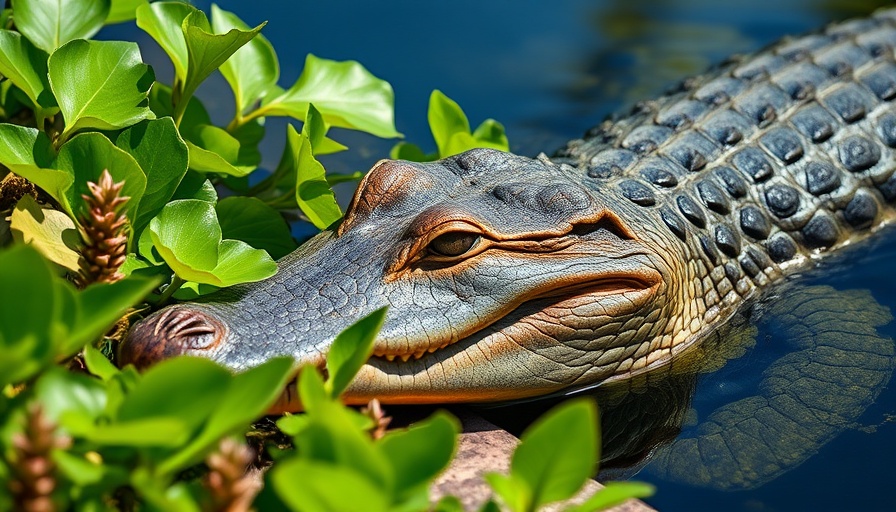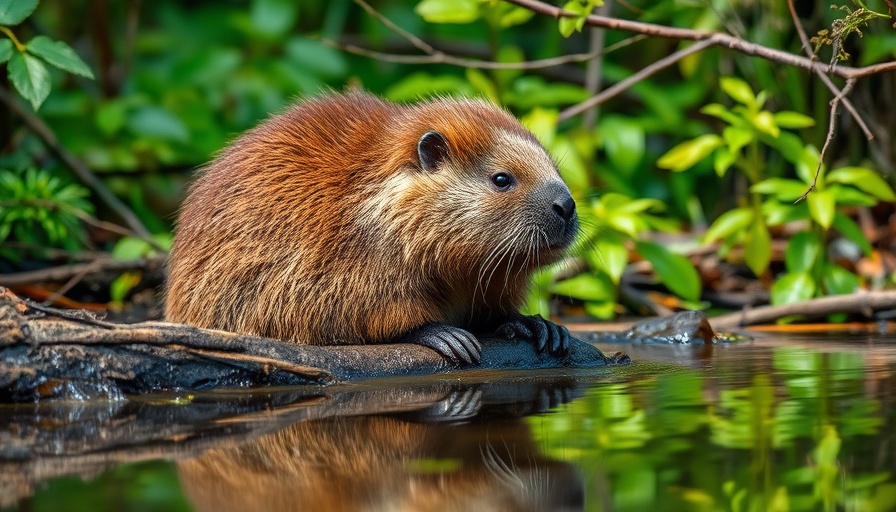
Heart-Pounding Details from the Florida Alligator Attack
In a shocking incident that has left many horrified, a recent alligator attack in Florida reveals the dangers of wading in waters known for wildlife encounters. On July 23, 2025, Amber Perren, a 27-year-old woman from Palm City, was enjoying a day out on the South Fork of the Saint Lucie River with her husband, Kelby Galen Perren, and their dog when a previously unseen alligator launched a sudden and vicious attack.
According to reports from the Martin County Sheriff’s Office (MCSO), the unsuspecting Amber was wading in the water when the alligator grasped her arm, pulling her under temporarily. The couple’s ordeal escalated when Kelby described pulling her back to safety, only to find the alligator still clenched onto her arm. He noted that the alligator was approximately 8 feet long, with a head about 2 feet in size, emphasizing the sheer magnitude of the creature that had just attacked his wife.
The Aftermath and Urgent Response
Immediate action was paramount during this life-threatening situation. Kelby managed to extract Amber from the water using their boat, and they swiftly made their way to the Palm City Boat Ramp where medical assistance awaited. It was reported that Amber suffered severe injuries including lacerations and a potential compound fracture. Authorities quickly transported her to HCA Florida Lawnwood Hospital, where she was stabilized for further treatment.
This incident raises significant concerns about safety in wildlife habitats, particularly during nesting season, which peaks in July. As reported by WPEC and WPTV, alligators are known to become increasingly aggressive during this time, driven by instinct to protect their nests.
Understanding Alligator Behavior: What Can Be Done?
As residents of the high desert community, it’s crucial to appreciate the natural behaviors of wildlife such as alligators, particularly in states like Florida where encounters can happen in recreational settings. While these creatures play an essential role in the ecosystem, their nesting season creates a heightened risk for humans and pets alike.
To avoid future incidents, officials recommend several precautions for those near alligator habitats. First, keep a safe distance from the water’s edge and stay informed about local wildlife guidance. Second, leash your pets when transitioning into areas that are known for alligator sightings, as they can become easy targets or provoke an aggressive response from these ambush predators. Finally, educating oneself about local fauna and their nesting patterns can foster a deeper understanding of how to coexist safely with wildlife.
A Call to Action for Wildlife Awareness
This alarming incident serves as a reminder of the perils that can lurk in nature and underscores the need for awareness regarding wildlife safety. Community members must work together to spread knowledge about safe practices while enjoying the outdoors. Consider joining local wildlife conservation efforts or contributing towards initiatives that aim to protect both people and animal habitats. A small donation can make a significant impact, ensuring our shared environment remains safe and enriching for all.
Together, we can cultivate a community that respects and protects the fascinating wildlife inhabiting our region.
 Add Row
Add Row  Add
Add 




Write A Comment